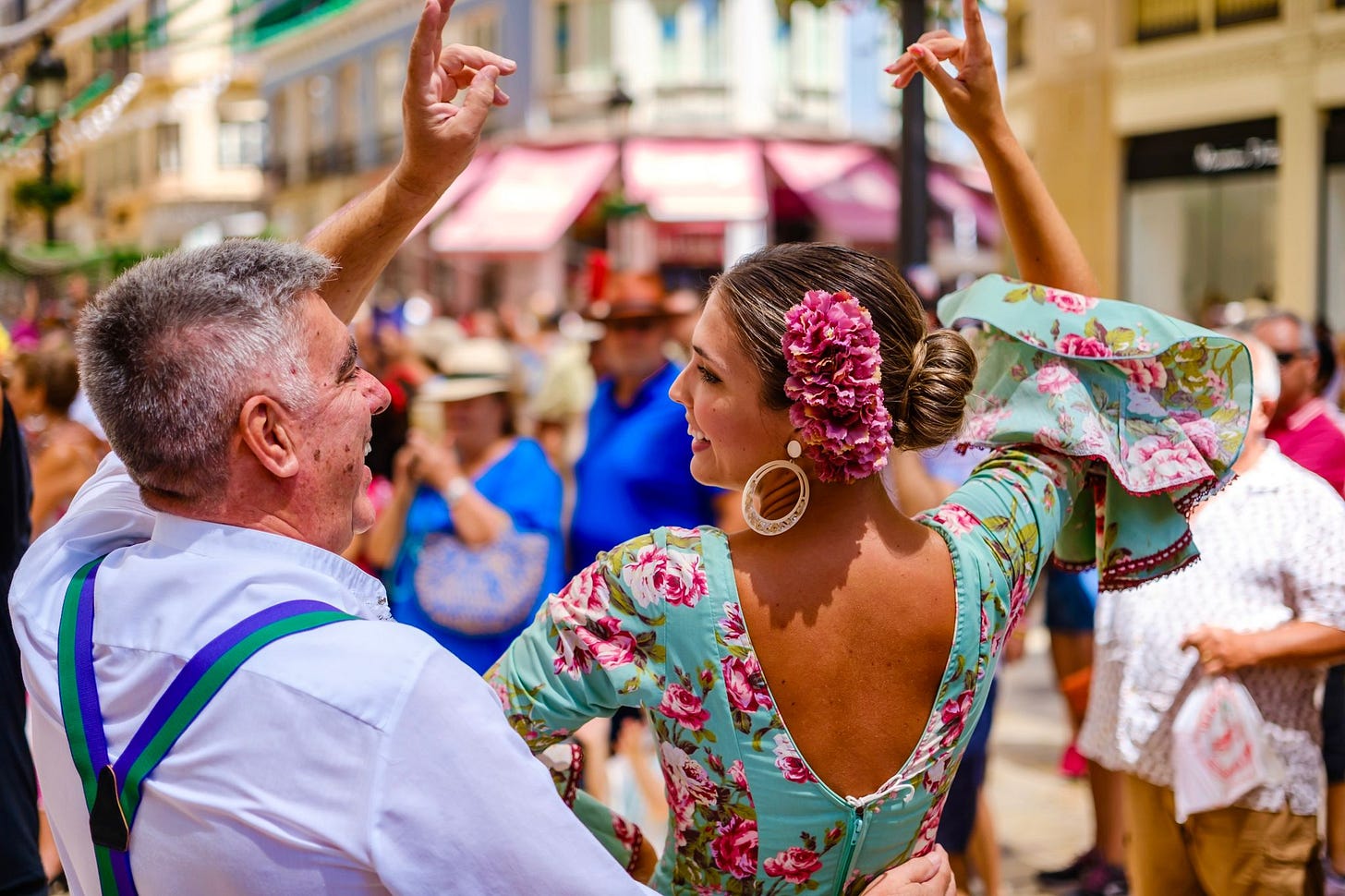What Spaniards wear
Why the social spontaneity of Spaniards is reflected in the "correct" clothes they wear.

These are a few acts you will rarely catch Spaniards committing:
Being drunk during the day.
Using severe sunburn to exfoliate.
Leaving the house without a coat in the morning. (Any slight morning chill trumps the inconvenience of being straddled with an extra layer in 35-degree heat nine hours later)
Wearing shorts during any month not called August.
Driving calmly in the rain.
Throwing on a confused mismatch of sports clothing and loungewear when running out for errands.
Spain is made for people watching. With its dense and diverse barrios (neighbourhoods), observing people is easy. They’re everywhere.
Adept at Jenga-like living, Spaniards like being around each other, and they like to be seen. With bars and plazas and cafés on doorsteps, socialising isn’t just a weekend thing – proximity makes it an everyday thing. With people in the barrio always on the go, dipping in and out of meeting places, Spaniards drift se…



